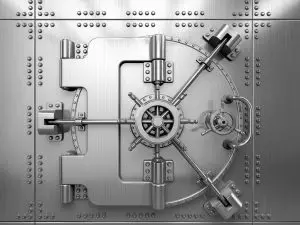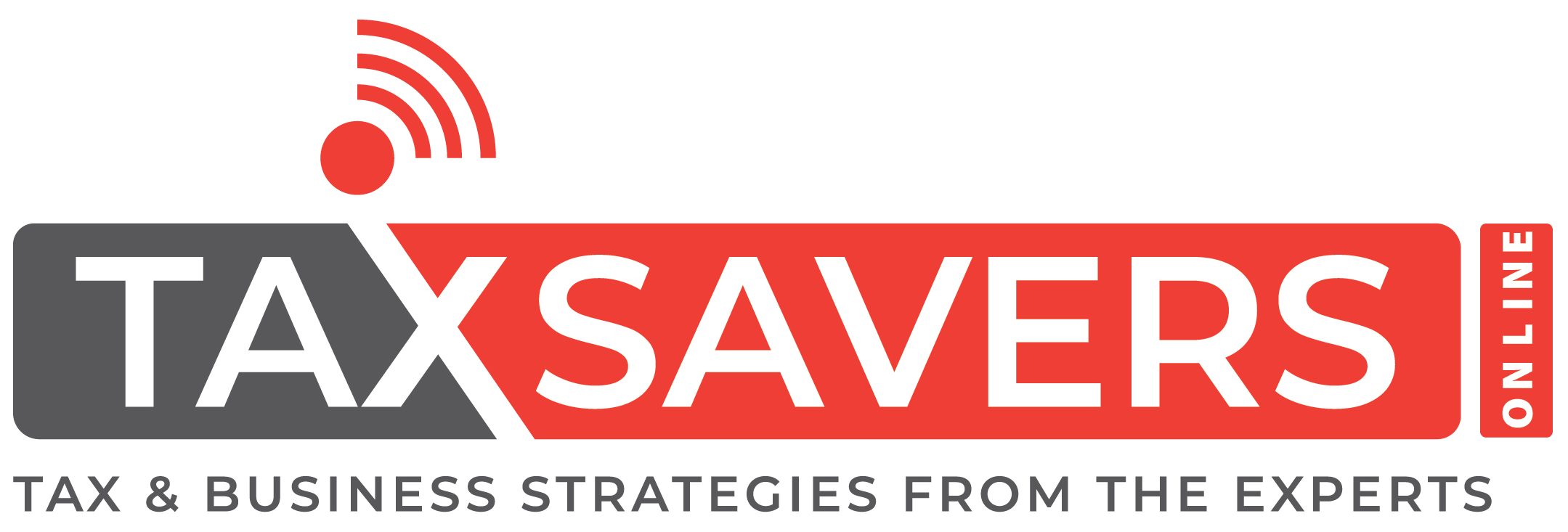Did you know that every economy depends on loans for its growth? For the development of a nation, it is necessary to have an economic system that can support population growth and provide for their needs. In this post, we will discuss how bank loans affect the nation’s economy.
The economy of a country depends on people and their ability to produce goods and services that meet the requirements of society. The banking sector helps finance the production process by providing credit facilities to the producers, thereby enabling them to carry out their activities efficiently.

Contents
Impact of Bank Loans on a Nation’s Economy
To understand the impact of bank loans on the national economy, let’s first understand loans. Also know how people borrow loans.
What is a Loan?
A loan is a form of debt where one party (the borrower) agrees to pay another party (the lender) a certain sum of money or other valuable commodities in return for receiving something else (usually money).
When people borrow money, they have to give up some of their property as security. This means that if the debtor does not repay the loan, the creditor can take possession of the property pledged as collateral.
A loan is also called a financial obligation because it involves the transfer of funds from one party to another.
Types of Loans:
There are different types of bank loans. They include:
Personal Loans
In this type of loan, you pledge your assets, such as a car, house, land, etc., as security against the loan. You may use these assets to settle your debts. If you fail to repay the loan, the lender can sell the asset and recover the amount due.
Business Loans
This type of loan is used by businesses to finance their operations. In business loans, borrowers pledge their assets or business as security against the loan and use the proceeds to expand their business.
Real Estate Loans
This type of loan allows borrowers to purchase real estate properties. The borrower pays the down payment and then makes monthly payments until the entire amount is repaid.
Mortgages
Mortgages are loans secured by real estate. They allow home buyers to buy homes with low-interest rates.
Students Loans
Banks give these loans to students who need money to cover tuition fees, books, travel expenses, etc.
Car Loans
Individuals usually take car loans to finance the purchase of cars. These loans are secured by the vehicle being purchased.
Home Improvement Loans
Homeowners use home improvement loans to improve their houses. Usually, home improvement loans require no collateral.
What is a Bank?
A bank is an institution that provides financial services to customers. Banks offer various products and services like checking accounts, savings accounts, investments, mortgages, manage finances, etc.
There are two kinds of banks like in the USA: commercial banks and investment banks. Commercial banks offer basic banking services like deposits, withdrawals, transfers, lending, etc., while investment banks focus on securities trading and investing.
Banks play a vital role in the economic development of any nation. They provide credit facilities to individuals, companies, and governments.

The Role of Banking 101 in the National Economy
The national economy refers to the total value of goods and services produced within a country. It includes all production sectors, including agriculture, manufacturing, mining, construction, transportation, communications, energy, and government.
Banks have a significant impact on the national economy through the following main channels:
First, they help businesses grow by providing them with capital. Banks lend money to entrepreneurs who want to start new ventures or expand existing ones.
Second, they help consumers spend their incomes. When people borrow money from banks, they can use it for purchasing goods and services. This helps boost consumer spending, which stimulates economic growth.
Impact of Bank Loans on the Country Economic Growth
Bank loans have a positive effect on the economy. A study conducted by the International Monetary Fund found that countries with higher private sector credit growth tend to perform better economically than those with lower levels of credit growth.
In other words, if a country has high levels of private sector credit, it will be able to sustain a faster rate of economic growth than one where private sector credit is low.
In addition, the World Bank Group’s annual Doing Business report shows that countries with fewer regulations and lower costs of doing business tend to outperform others.
Below are some ways in which bank loans help grow a country.
Promote Investment Growth
Investment is defined as purchasing assets such as land, buildings, machinery, equipment, inventory, and intangible assets. Investments create jobs and generate income.
When people invest in businesses, they hire workers and buy raw materials and supplies. These activities increase employment and lead to increased demand for goods and services.
When people invest in real estate, they build houses, apartments, shopping malls, office complexes, hotels, schools, hospitals, etc. These properties produce rent and attract customers. The increase in customer traffic leads to an increase in sales revenue.
Enhance Economic Efficiency
Economic efficiency refers to how well resources are used to produce goods and services. In other words, it measures whether the amount of output generated per unit of input is optimal.
The more efficient a country’s economy is, the less expensive it is to produce goods and services using scarce inputs.
For example, if a country produces 1 million units of a product using 10,000 units of labor and 100 units of natural resource inputs, then the country’s economy would be considered highly efficient.
However, if the same country uses only 2,000 units of labor but requires 500 units of natural resource inputs to produce the same number of units, then the country�s economy would be considered inefficient.
Boost Consumption
Consumption refers to the expenditure of households and firms on goods and services. It includes purchases made at retail outlets, restaurants, bars, movie theaters, supermarkets, department stores, gas stations, etc.
Consumption helps drive economic activity. When consumers spend money on goods and services, they employ workers who make products and provide services. This generates additional income and increases consumer spending.
Improve Financial Stability
Financial stability refers to the ability of individuals or institutions to repay their debts. For instance, banks can borrow from each other when they need funds to lend out to borrowers.
Financial stability allows them to keep lending even during times of recession. Banks also use deposits to finance investments. Deposits are usually safe because governments insure them.
Create New Jobs
Jobs refer to work opportunities created by new businesses. They include positions held by employees hired by these companies.
Increase Government Revenue
Government revenue refers to the total amount of taxes collected by government agencies. Governments use this money to pay salaries and benefits for public sector employees, fund social welfare programs, repair roads and bridges, maintain law enforcement agencies, etc.
Reduce Poverty
Poverty refers to living in extreme poverty. People live below the national poverty line.
A bank loan reduces poverty. If a borrower cannot afford to pay back a loan, she may qualify for a low-interest loan through the microfinance program.

How to Qualify for a Bank Loan
There are some qualifications required before you are given a bank loan. One needs to have the following qualities to qualify for a bank loan:
Have Good Credit History
You should have a good credit history before applying for a loan. Your credit score indicates your financial health.
Your credit score is based on information about you that lenders review when deciding whether to give you a loan.
Be Able to Repay the Loan
The lender must know how much you can afford to repay. You must show that you can repay the loan with interest.
Be Legitimate
Your application must be legitimate. Make sure it has all the necessary documents and information.
Meet Income Requirements
Income requirements vary depending on the type of loan you apply for. The minimum monthly payment depends on the type of loan.
Qualities of a Good Lending Institution
When looking for a bank loan, consider the following qualities:
Low-Interest Rates
Interest rates are significant because they affect the cost of borrowing. Lower interest rates mean lower costs to borrowers.
Flexible Terms
Flexible terms allow borrowers to change repayment schedules without penalties. This makes it easier to manage debt payments.
Customer Service
Customer service is an integral part of banking. Borrowers should feel comfortable talking to customer service representatives.
Accessibility
Banks should be accessible to customers who do not have access to traditional banking services.
Security
Security measures protect against fraud. These include anti-money laundering regulations, security deposit requirements, and identity verification methods.
Transparency
Transparency means providing information about fees, interest rates, and other charges. It helps borrowers understand what they are paying and why.
Challenges Lending Institutions Face
Banks face challenges when lending money. Some of them are listed here:
High Default Rate
Default rate refers to the percentage of loans that go into default. In general, the higher the default rate, the less profitable banks become.
Bad Business Decisions
Banks make bad decisions when making loans. They may lend too much money to risky businesses or individuals.
Too Much Debt
Too much debt can cause problems. Banks may decide to reduce their exposure to riskier assets such as real estate or consumer loans.
Fraud
Some people try to take advantage of others by committing fraud. For example, some people commit identity theft or mortgage fraud.
Political Pressure
Politicians sometimes influence lending institutions. For example, politicians may pressure banks to approve certain types of loans.
How to Overcome these Challenges
To overcome these challenges, banks use various strategies. Here are some examples:
Risk Management
Risk management involves identifying risks in advance. By taking steps to avoid those risks, banks limit losses.
Capital Allocation
Capital allocation refers to setting aside funds for future growth. Banks allocate capital based on profitability.
Asset Quality Review
Asset quality review involves monitoring the financial health of borrowers. If borrowers fail to meet standards, banks may refuse to extend credit.
Credit Scoring
Credit scoring refers to evaluating borrowers’ ability to repay loans. Banks use this information to determine whether to grant loans.
Loan Pricing
Loan pricing refers to determining how much lenders will charge borrowers. Banks set prices based on expected returns and risk.
Regulation
Regulation refers to laws passed by governments to control lending institutions. Examples include laws requiring banks to maintain a minimum amount of capital, restrict lending activities, and report loan defaults.
The Future of Bank Loans
In recent years, many countries have experienced economic downturns. This has caused banks to rethink their business practices. As a result, new ways of doing business have emerged.
One of these new ways is called “alternative finance.” Alternative finance includes non-bank financing options such as microfinance, peer-to-peer lending, crowdfunding, and payday lending.
The following sections describe alternative finance options.
Microfinance
Microfinance is an informal term for small loans made through community organizations. Actually, These loans help low-income families improve their living conditions. The World Bank estimates that more than 1 billion people worldwide receive microloans.
Many developing nations rely heavily on microfinance because it provides affordable access to credit. However, microfinance also comes with its own set of challenges. For example, poor repayment records mean many micro lenders cannot collect enough revenue to cover their costs.
Microfinance providers have developed innovative approaches to increase profits to address these issues.
Peer-to-Peer Lending
Peer-to-peer lending (P2PL) allows individuals to borrow money from other social network members. Individuals who participate in P2PL typically do not need collateral. In return, they pay interest rates similar to those charged by traditional lenders.
P2PL can be used to fund businesses, house purchases, education expenses, or any other type of expense. Some P2PL sites allow individuals to make multiple loans simultaneously.
Crowdfunding
Crowdfunding is another form of alternative finance. It is popular among entrepreneurs who want to raise capital but lack access to traditional funding sources.
Crowdfunding websites match individual investors with companies seeking capital. Investors provide money in exchange for shares in the company.
Get a Loan Today and Help the Country Grow Economically
Bank loans are essential tools for helping economies grow. However, when a country experiences a recession, banks often cut back on lending. When this happens, the economy suffers.
Alternative finance options offer alternatives to bank loans. They can help countries recover from recessions and avoid future financial growth crises.
Conclusion
Hope you liked our Guide ” How Do Bank Loans Affect the Nation’s Economy?” Read our other articles and visit us often to see our updated articles on this website.
Learn More
SBA 504 Loans: An Ultimate Guide
SBA MicroLoan: The Pros and Cons You Should Know About
7A Loans: The Pros and Cons You Should Know About






5 thoughts on “How Do Bank Loans Affect the Nation’s Economy?”